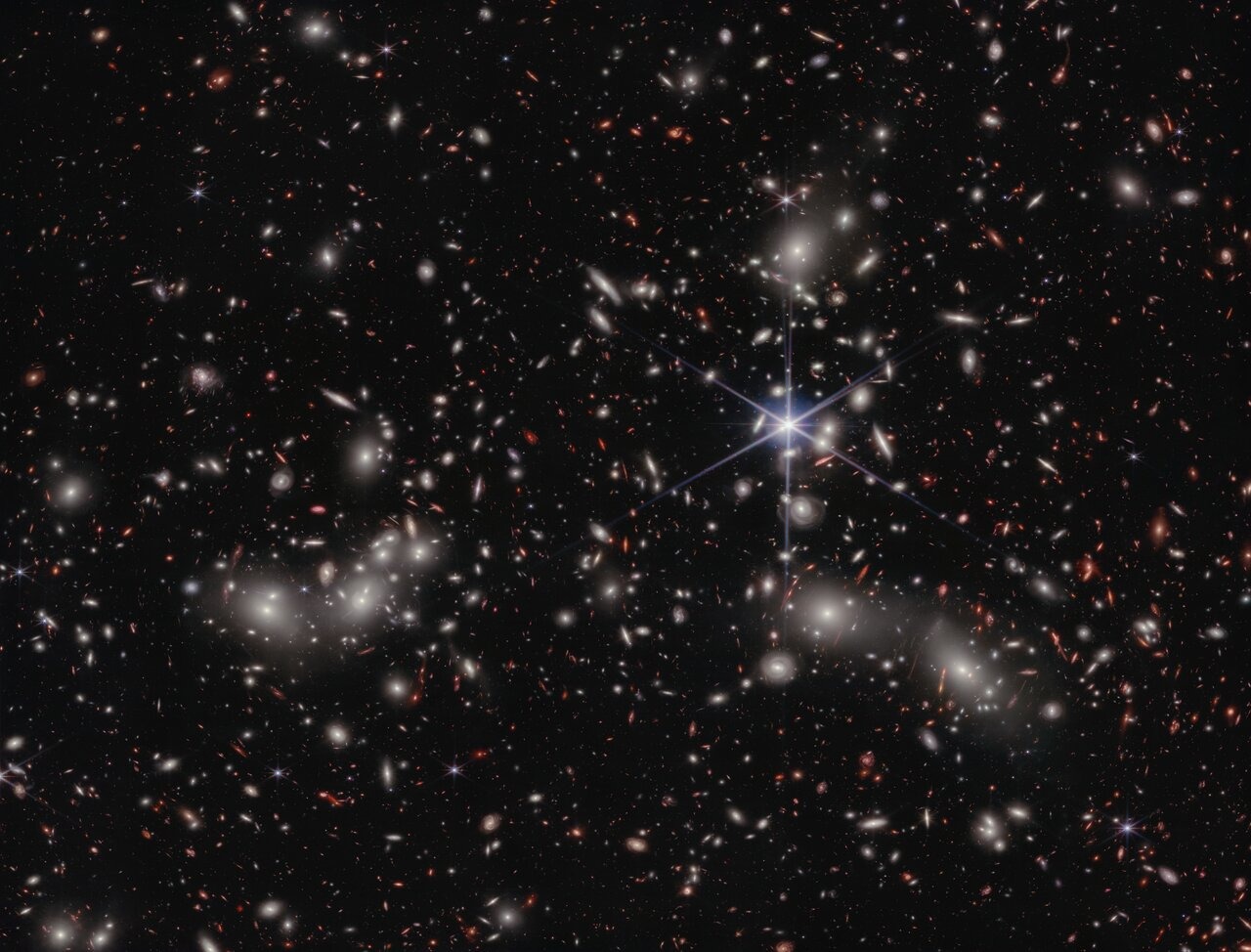According to the Hubble and James Webb space telescopes, the source of the first photons of the early Universe was small dwarf galaxies that scattered hydrogen fog that filled intergalactic space. This discovery emphasizes the importance of the role of ultra-faint galaxies in the evolution of the Universe.

After the Big Bang, space was filled with a hot fog of ionized plasma. Light could not penetrate this fog because photons were scattered from free electrons. After 300 thousand years, when the Universe cooled down, protons and electrons began to form neutral hydrogen. This allowed light to spread, but there were still very few light sources. The first stars formed from hydrogen and helium emitted enough energy to reionize the gas. About a billion years after the Big Bang, the Universe became fully reionized and “shone”.
Refuting the theory of the early Universe
Previously, due to insufficiently accurate instruments and huge distances to the oldest space objects, it was difficult to understand what was happening at that time. Scientists assumed that the light sources were huge black holes or large galaxies. However, observations by the JWST telescope showed that it was dwarf galaxies that played a key role in the reionization of the Universe.

The international team, led by Hakim Atek of the Paris Astrophysical Institute, examined JWST data on the Abell 2744 galaxy cluster, backed up by Hubble data. This cluster acts as a cosmic lens, magnifying distant light and allowing us to see tiny dwarf galaxies beyond it. Analysis of the spectra of these galaxies showed that they are the most common type of galaxy in the early Universe and they are much brighter than expected. The study shows that dwarf galaxies outnumber large galaxies by a ratio of 100:1, and their total ionizing radiation power is four times higher than expected from large galaxies.
Small galaxies – huge power
Although these galaxies are small, their energy power has been able to transform the Universe. This is the best evidence that dwarf galaxies were the main source of reionization. However, the researchers only looked at a small area of the sky, so more areas need to be studied to make sure the sample is representative of the entire cosmic dawn.
Scientists plan to study more space lenses to get a wider sample of early galaxies. Even based on a single sample, the results are incredibly exciting. The answers to the questions about reionization that scientists have been looking for are finally starting to emerge thanks to James Webb.
“We are on the verge of great discoveries. This research opens up new questions that we need to answer to map the evolution of the Universe,” says astrophysicist Temiya Nanayakkara from Swinburne University of Technology in Australia.
Earlier, we reported on how the hunt for hidden galaxies in the early Universe began.
Based on the materials of sciencealert.com

